The Hall of Fame Index: The Greatness of Albert Pujols
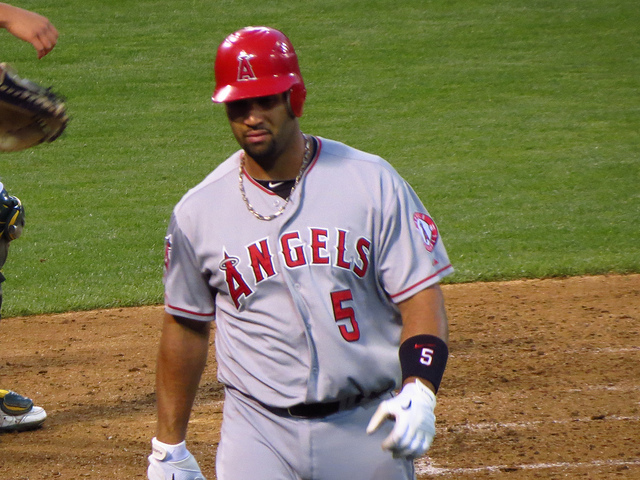
In the late aughts there was a commercial celebrating the players that made baseball great. They talked about remembering the time I saw this pitcher do this and this fielder do that and it concluded with, “I remember the time I saw Albert Pujols do everything.” So, when we use something like The Hall of Fame Index to evaluate a player like Pujols we are immediately violating one of my cardinal rules for using the index. We want to see exactly where he ranks in the history of the game.
A discussion like this deserves some parameters. First, I tend to ignore players from the 19th century. There are a few players from that period that might have a say in a discussion like this. Cap Anson is probably the most famous of those players, but he may not be the best one. In short, the game was far different and the level of competition was inconsistent. Plus, the rules evolved over that time-period, so we are really talking apples and oranges.
We also ignore the Veterans Committee selections because most of them are vastly inferior anyway. Johnny Mize is a notable exception, but he does not quite come to the same level as the all-time greats. We use wins above replacement and there various iterations because the counting numbers betray us. For instance, Pujols is on pace to drive in over 100 runs this season, but has -0.6 bWAR. So, like most players, he is not as effective at the end of his career, but he continues to accrue numbers just the same. I will dive right in for those who are used to this treatment. For the rest, we will provide some explanation after the fact.
Career Value
| bWAR | fWAR | WARP | Total | |
| Lou Gehrig | 112.4 | 116.3 | 114.4 | 343.1 |
| Albert Pujols | 100.8 | 91.2 | 110.6 | 302.6 |
| Jimmie Foxx | 97.4 | 101.8 | 99.6 | 298.8 |
| Jeff Bagwell | 79.6 | 80.2 | 78.1 | 237.9 |
| Frank Thomas | 73.7 | 72.0 | 73.1 | 218.8 |
It’s usually at this point that someone starts asking why we use wins above replacement in favor of the more usual numbers. The answer is two-fold. First, those other numbers have the bias of time. Each era has its own characteristics as to whether it is dominated by hitting or pitching. Secondary to that we have the normal strategy employed by teams. Did teams run or did they wait for the three-run home run? Did teams prefer hitters that hit for average or players that hit for power?
Furthermore, each era also saw ebbs and flows at each position. A quick look at Live Ball Era (1920-1945) saw numerous Hall of Fame first basemen, so the individual numbers of each player has to be considered in that context. If we compare that to the current era there might be fewer Hall of Fame quality players at the position. So, Pujols’ numbers have to be compared to his direct competition and not to the past.
The second consideration is place. Place takes on two forms. First, we have to consider the player’s home ballpark and how that effects his performance. Secondly, we have to consider the team the player played on and how that would impact his performance as well. WAR is independent of those two factors. It distills time and place out of the equation so we can see how a player played against his direct competition.
According to the index, Pujols is second all-time, but we should be careful not to make too many pronouncements. The index aims to test a player’s fitness for the Hall of Fame. Pujols is definitely fit, but beyond that, he and Foxx are close enough so that a credible argument could be made either way and we haven’t even looked at peak value yet. For those new to the discussion, peak value is the best ten-year period from a player’s career.
Peak Value
| bWAR | fWAR | WARP | Total | |
| Lou Gehrig | 90.2 | 87.5 | 88.9 | 266.6 |
| Albert Pujols | 66.7 | 78.5 | 91.9 | 237.1 |
| Jimmie Foxx | 73.8 | 78.0 | 75.9 | 227.7 |
| Jeff Bagwell | 63.0 | 64.1 | 64.6 | 191.7 |
| Frank Thomas | 56.6 | 57.3 | 55.7 | 169.5 |
A large part of peak value is subjective. It is about how the writers viewed the players while they were playing. It is hard to argue that any player had a better reputation that Pujols during his peak. In his ten-year peak, he won three MVP awards and finished outside of the top five once. He finished ninth that season. That’s remarkable. On the other hand, Gehrig won two MVPs and had five other top five finishes during his ten year stretch. He added one top five finish outside of that period.
Frank Thomas won the award twice, but had only two other top five finishes within his ten year peak and Bagwell won the award only once. Of course, MVP finishes are not the end all be all of human existence, but they do show how a player was viewed in his time. Foxx equaled Pujols’ mark of three MVP trophies, but could not muster the top five or even top ten finishes to match. That is one feather in Pujols’ cap.
The Hall of Fame Index
| Career | Peak | Total | |
| Lou Gehrig | 343.1 | 266.6 | 609.7 |
| Albert Pujols | 302.6 | 237.1 | 539.7 |
| Jimmie Foxx | 298.8 | 227.7 | 526.5 |
| Jeff Bagwell | 237.9 | 191.7 | 429.6 |
| Frank Thomas | 218.8 | 169.5 | 388.3 |
In the interest of full-disclosure, Baseball Prospectus did not calculate WARP scores for players before World War II. So, Gehrig and Foxx had scores that split the difference between bWAR and fWAR. It is just as likely that their WARP scores would have been considerably higher as it is that they would have been considerably lower. So, claiming that Pujols was definitely better than Foxx is a bit foolish given the lack of accurate data.
Unfortunately, Pujols has had only one all-star level seasons since signing with the Angels back in 2012. However, he has been exceptionally durable during that time and with Mike Trout on the same team, he has had numerous run producing activities. Given reasonable health, he will surpass 2000 RBI and 1800 runs scored in his career and likely will surpass 650 home runs as well. It will be tempting to elevate him to the top spot at the position in light of those numbers, but while he continues to produce at a .700 OPS clip he’s not adding any significant value. Still, being second all-time to Gehrig is nothing to be ashamed of.


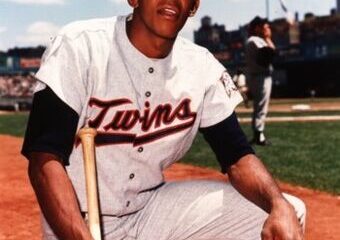
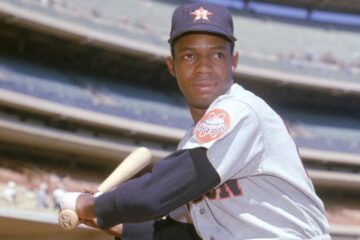
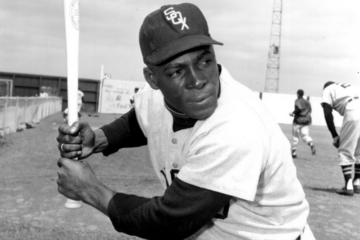
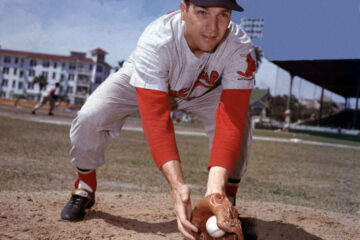
3 Comments
Albert accumulated more than 81 bWAR in his first ten years, so your peak and index numbers for him are off by 15 wins or so…
I checked baseball reference again and double checked my math. He did not have more than 81 WAR in his ten year peak.
I see what you did now. You counted 2011 as part of his first ten seasons when it is actually 2001-2010. I know 10-1 is nine, but when you count that season as the first one you only go up to ten.